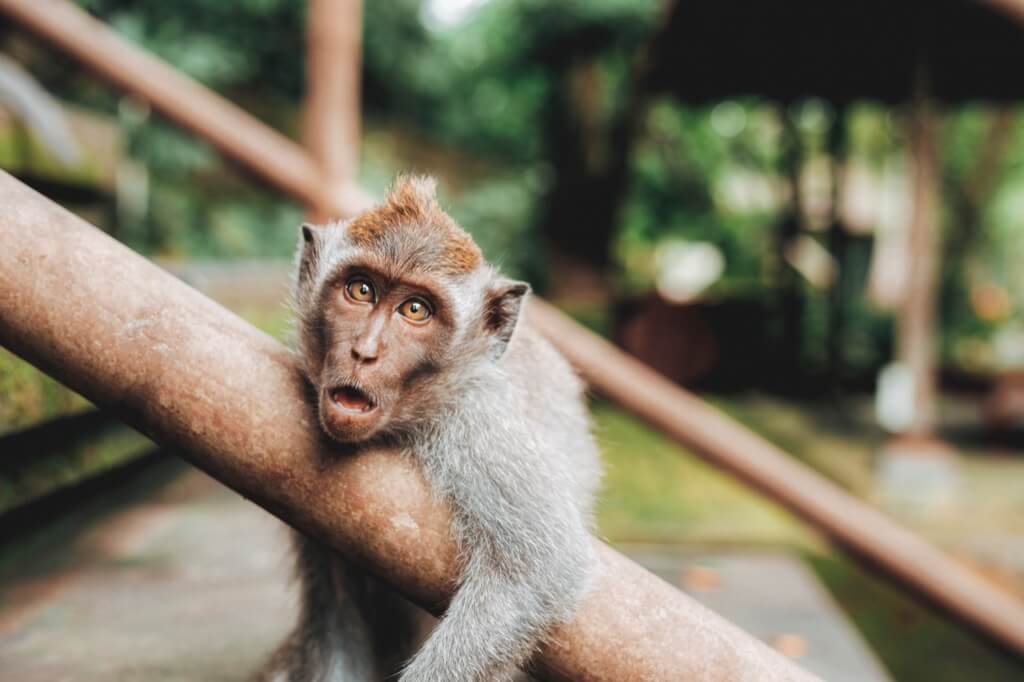The origin of the term “mouse” remained a mystery to me until today.
The word “mouse” finds its roots in the Sanskrit term “musuka,” derived from “mus,” meaning “thief” or “robber.” This connection likely arose from the mischievous behavior of mice, frequently pilfering grains and fruits from humans.
In ancient Rome, both mice and rats were simply referred to as “mus,” with descriptors like “big” and “little” used to distinguish them.
The term “mouse” took on a whole new meaning in the world of computing. Bill English, in his 1965 Computer-Aided Display Control paper, first used it to describe a pointing device for computers. The device, developed with Douglas Engelbart, earned its name due to the cord at its rear resembling a tail. Engelbart and English also coined the term “bug” for the cursor, but only “mouse” stuck.
Now, let’s explore some extraordinary facts about mice:
- Mice can transmit various infectious diseases, including salmonellosis, ratbite fever, and hantavirus.
- Ancient Egyptians believed roasted mice could cure smallpox, whooping cough, and measles.
- Fluorescent lighting causes mouse urine to fluoresce.
- It’s hypothesized that mice originated in Asia, migrated to Europe, and eventually reached the Americas on sailing vessels.
Mice are prolific reproducers, with females becoming sexually active at two months and males at four months. Despite being primarily herbivores, favoring grains and fruit, mice are known to consume anything they encounter, including their waste.
Contrary to their disease vector reputation, mice are exceptionally clean. They maintain tidy dwellings with designated areas for eating, sleeping, and toileting, much like cats. In their mouths, incisors continue to grow at a rate of up to five inches per year, prompting mice to nibble on hard materials to keep their teeth in shape.
Despite an aversion to heights, mice can jump up to 12 feet horizontally and make vertical jumps of up to a foot.
In Ancient Greek Apollo’s temples, white mice were housed under altars, leading to the name “Apollo Smintheus” or “Apollo the Mouse.”
Rodents, including mice, are found worldwide, even in Antarctica. Ganesha, a Hindu god, is often depicted riding a mouse.
Unlike rats, mice typically search for food within 10–25 feet of their nests. In the United States, rodents cause nearly $1 billion in annual damage, posing threats to crops and electrical cables.
In a curious historical note, people in China kept mice as pets as early as 1100 B.C.E. Israeli scientists have trained mice to sniff out explosives and drugs, proving more effective than x-ray devices and dogs.
Mickey Mouse, a cultural icon, had Walt Disney as its initial voice actor. The character succeeded Disney’s Lucky Rabbit and underwent a name change from Mortimer Mouse to Mickey, suggested by Ub Iwerks’ wife.
Interestingly, “Mickey Mouse” became an adjective meaning insignificant around 1936. In the Pinky and the Brain cartoon, BRAIN stands for Biological Recombinant Algorithmic Intelligence Nexus.
In addition to highlighting the history of the computer mouse, it’s worth noting that both “mouses” and “mice” are accepted plurals for “computer mouse” by the Oxford English Dictionary.
The mouse, invented by Engelbart, gained widespread adoption with the release of the Apple Macintosh in 1984, though it had been present in many computers since the 1970s. The journey of the mouse from ancient language roots to technological innovation is indeed a fascinating tale.
Top 10 Bonus Facts
- The term “mouse” has Germanic origins, with its roots traced back to the Old English word “mus.”
- In Shakespearean times, “mouse” was occasionally used as a term of endearment, similar to calling someone “my little mouse.”
- Beyond being a noun, “mouse” can also function as a verb. In computer terminology, “mouse” means to navigate or manipulate the cursor using a computer mouse.
- In some cultures, the mouse is seen as a symbol of resourcefulness and adaptability, often attributed to its ability to thrive in various environments.
- The word “mouse” has appeared in literature for centuries. In medieval bestiaries, mice were often associated with cunning and stealth.
- Mice have been a recurring theme in art, both classical and modern. They symbolize different aspects, from innocence to mischief, depending on the artistic context.
- In Chinese astrology, individuals born in the Year of the Rat (which includes mice) are believed to possess qualities like resourcefulness, intelligence, and a strong work ethic.
- Various folktales around the world feature mice as clever and quick-witted characters, often outsmarting larger animals through their wit.
- In the early days of computing, “mouse” was sometimes used as slang for a malfunctioning or erratic cursor, leading to phrases like “my mouse is acting up.”
- The word “mouse” has been used metaphorically in song lyrics to convey subtlety or hidden movement, adding a poetic dimension to its usage.
Whether appearing in folklore, literature, or music, the mouse emerges as a versatile symbol, leaving an indelible mark on the cultural and linguistic canvas of human expression.

